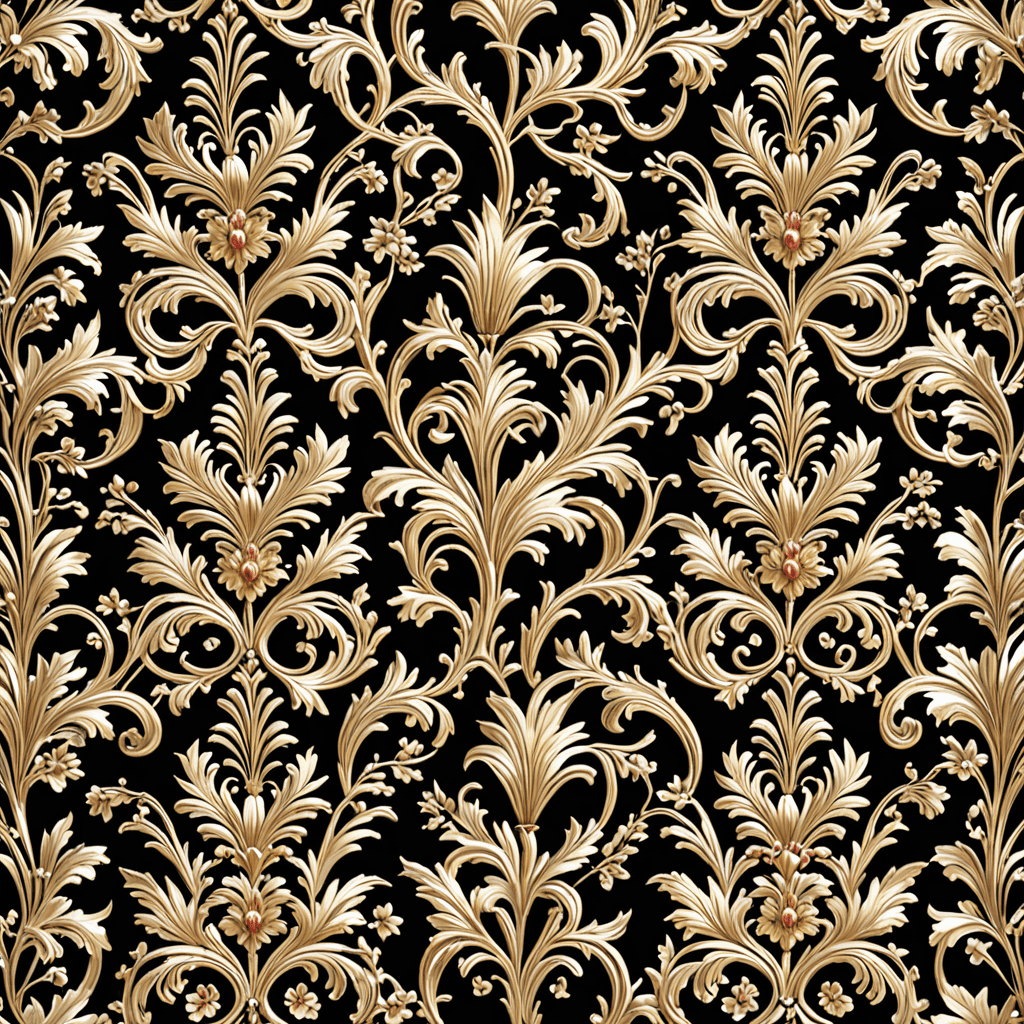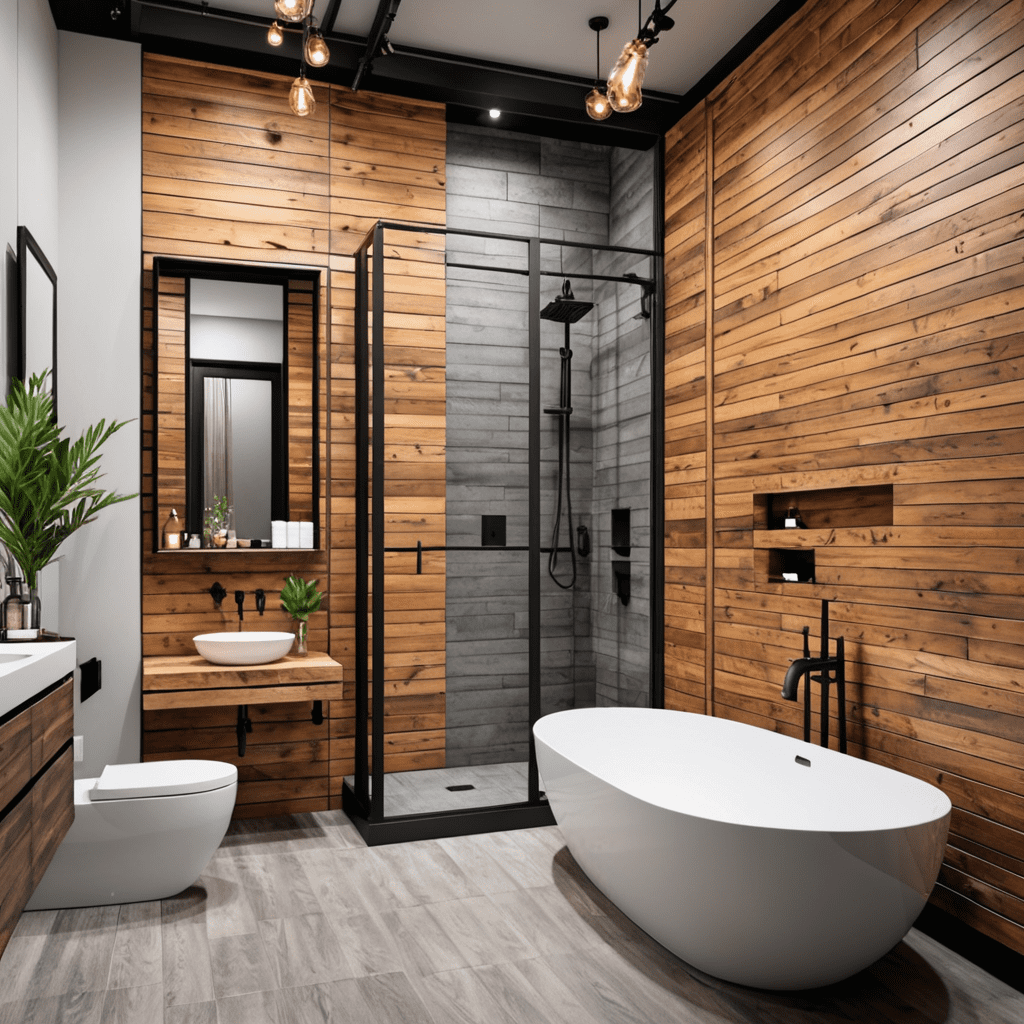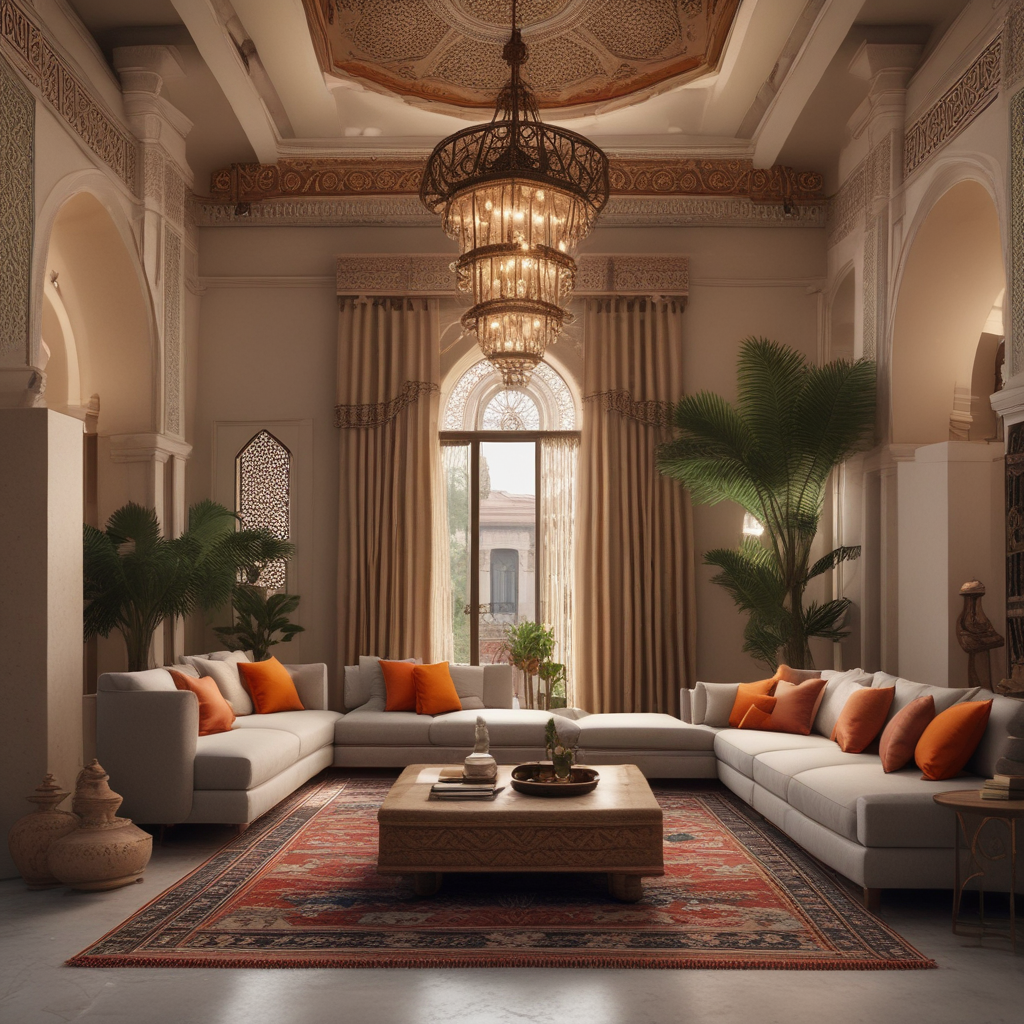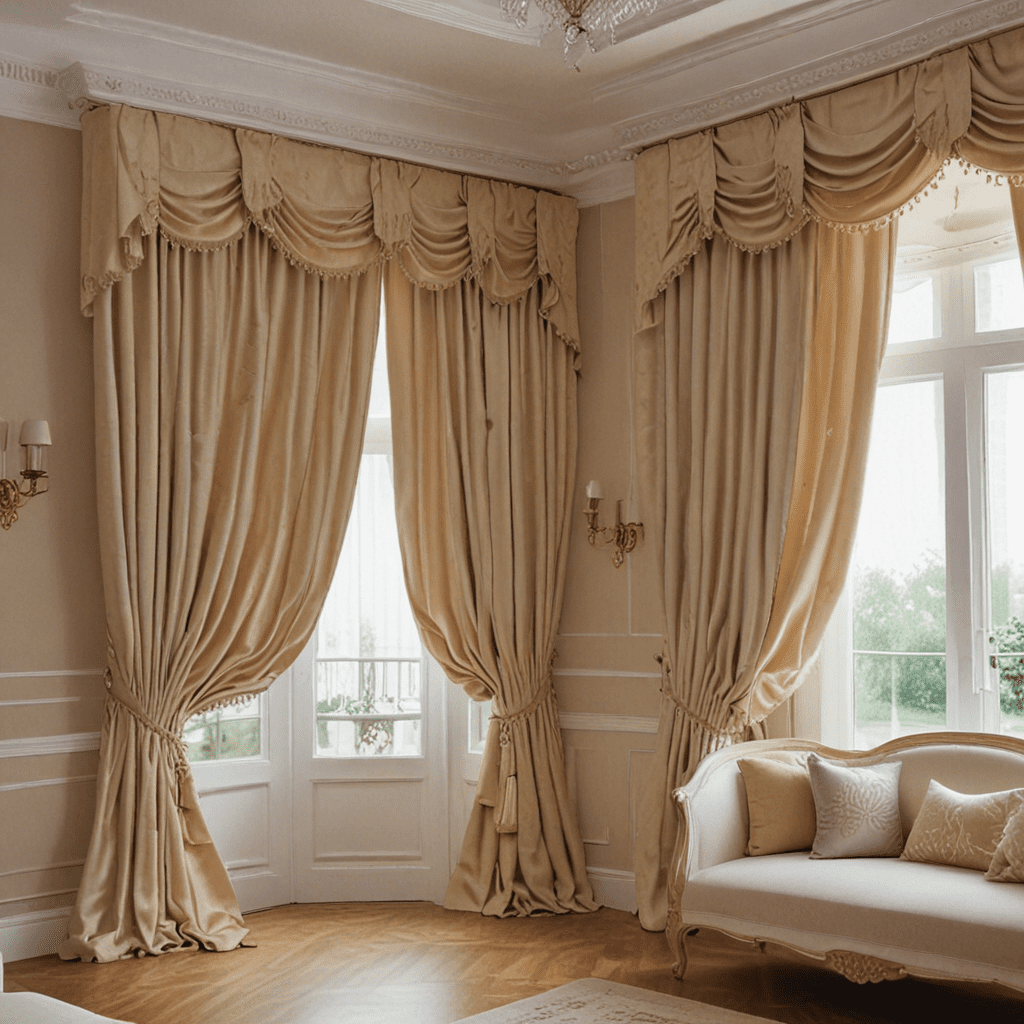Thermal insulation techniques for homes


Thermal Insulation Techniques for Homes
Introduction
Creating a comfortable home environment is fundamental to our well-being. A key component in achieving this is effectively managing the warmth within our living spaces. Thermal insulation techniques not only obtain the cozy ambiance we crave during colder months but also contribute to energy efficiency and sustainable living. The interior design of your home plays a pivotal role in this balance, transcending mere aesthetics to envelope you in a haven of comfort. Let’s delve into how the interplay of interior design and insulation practices can elevate the sanctuary of your home.
Key Elements of Thermal Insulation Techniques
When considering thermal insulation techniques, there are several interior design elements that play a crucial role in maintaining a warm and inviting home. These go beyond mere decoration, serving functional purposes that can significantly impact the energy efficiency and thermal comfort of your living space.
- Insulation Materials: The choice of insulation is fundamental in preventing heat loss. Materials such as fiberglass, cellulose, and foam board can be integrated within walls, ceilings, and floors to create a barrier against the cold.
Window Treatments: Effective window treatments can curtail heat transfer. Thermal curtains and honeycomb blinds trap air in their cells, acting as insulators that keep warmth in and cold out.
Floor Coverings: Rugs and carpets not only add warmth underfoot but also serve as another layer of insulation over hardwood or tile floors. The thicker the rug, the better its insulating properties.
Color Palettes: Aesthetically speaking, colors influence the perceived warmth of a room. Warmer tones such as reds, yellows, and earthy neutrals can make a space feel cozier, adding to the psychological sense of warmth.
Furniture Placement: Positioning furniture away from external walls and windows can help prevent drafts and reduce heat loss. This creates cozy „thermal zones” where you can relax in comfort.
Smart Lighting: Using LED bulbs not only provides bright, warm light but also reduces energy consumption. Smart lighting systems can be programmed to maximize natural light during the day and provide efficient artificial light when needed.
Tips for Thermal Insulation Techniques
When selecting furniture and accessories, it’s essential to not just consider their aesthetic value but also their contribution to the thermal comfort of your home. Here are some tips on making choices that complement both your space and insulation goals:
- Invest in Quality Upholstery:
- Furniture pieces with thicker upholstery can act as an additional layer of thermal barrier. Look for sofas and chairs with high-density foam and consider fabrics like wool or velvet for added warmth.
- Opt for Multifunctional Furniture:
- Choose pieces that serve multiple purposes, such as ottomans with storage. These can be filled with blankets and throws that are easily accessible when the temperature drops.
- Apply Area Rugs Strategically:
- Place area rugs in high-traffic zones or seating areas. Not only do they add visual warmth, but they also minimize heat loss through the floor.
- Embrace Layering:
- Layer throws, cushions, and bedding to create an inviting and warm atmosphere. These can be easily adjusted with the changing seasons to maintain the ideal level of comfort.
- Install Shelves on External Walls:
- Shelving, especially when laden with books, can act as an added insulation layer on cold outer walls. This not only provides thermal benefits but also enhances the aesthetics of your room.
FAQ about Thermal Insulation Techniques
Question 1: What is the most cost-effective insulation for homes?
– Answer: Fiberglass insulation is widely considered one of the most cost-effective types due to its balance of price, availability, and thermal resistance. However, the best option may vary based on your specific home, climate, and budget.
Question 2: Can interior design really impact a home’s warmth?
– Answer: Absolutely! Strategic design choices can significantly influence a home’s thermal comfort. From color schemes that create a sense of warmth to furniture and accessories that provide physical barriers against the cold, every detail matters.
Question 3: How does insulation contribute to energy efficiency?
– Answer: Insulation reduces the demand on heating and cooling systems by minimizing heat transfer. This means your home maintains its temperature more effectively, leading to lower energy consumption and utility bills.
Question 4: Are there eco-friendly insulation options?
– Answer: Yes, there are several eco-friendly options such as sheep’s wool, cotton denim, and cellulose, which is made from recycled paper. These materials are sustainable and have a lower environmental impact.
Question 5: How do I balance modern design with effective insulation?
– Answer: Modern design can seamlessly incorporate insulation techniques. Use clean lines and minimalist trends with thermal drapes, insulated flooring, and energy-efficient lighting to create a stylish yet warm space.
By integrating these thermal insulation techniques into your home’s design, you can achieve a harmonious blend of style and functionality. The warmth of a well-insulated home is not only measured in degrees but also in the comfort and tranquility it provides. Through thoughtful design choices, you can envelop yourself in a serene atmosphere that stands against the chill, proving that a well-designed home is both beautiful and smart.





